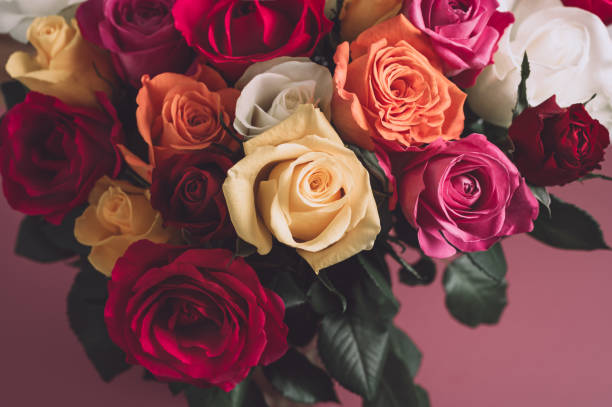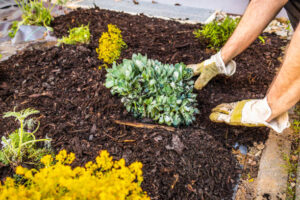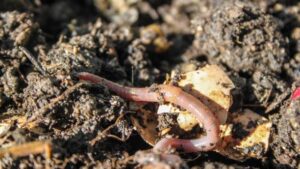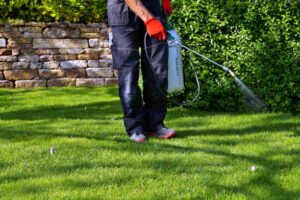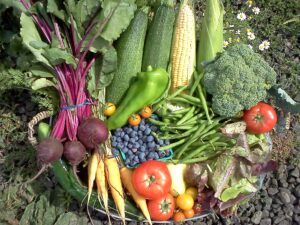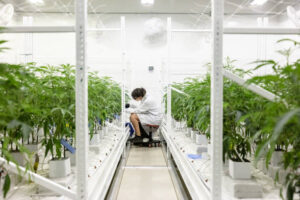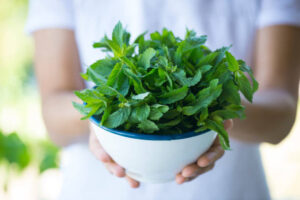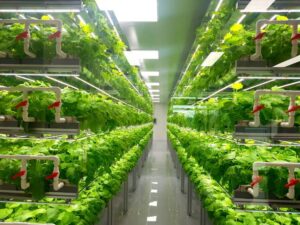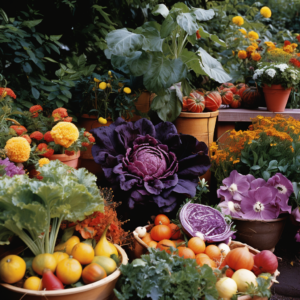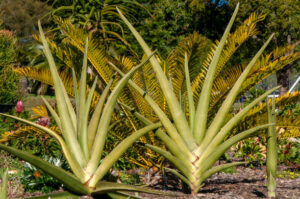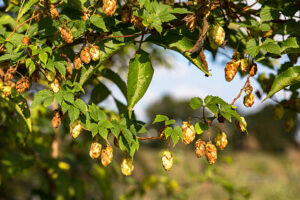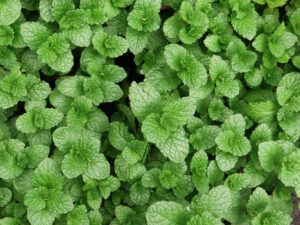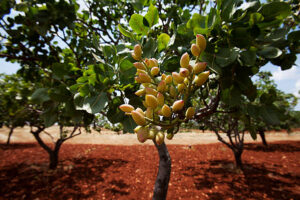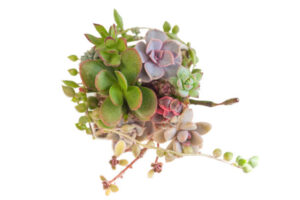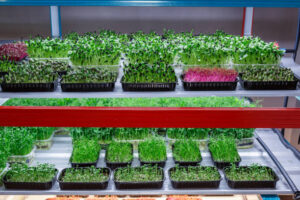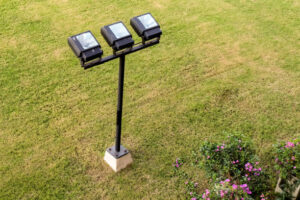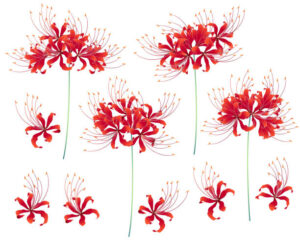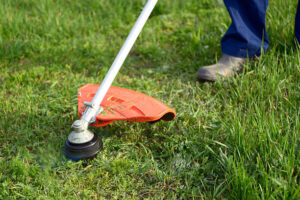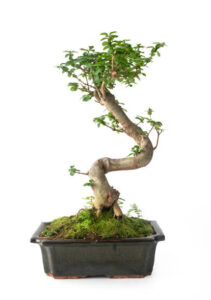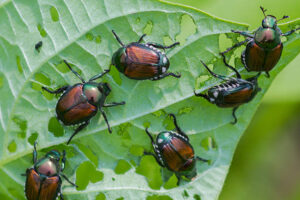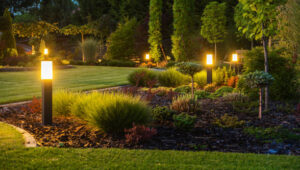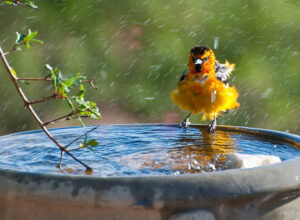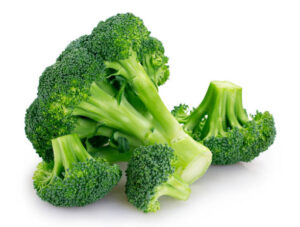10 Plants You Should Never Include in Your Landscaping
Introduction
Creating a lush and inviting landscape is a dream for many homeowners, but not all plants are created equal. Some seemingly charming additions to your garden may bring more trouble than beauty. In this exploration of “10 Plants You Should Never Include in Your Landscaping,” we’ll uncover the reasons why certain plants might be more of a hassle than a highlight, offering valuable insights to help you make informed choices and cultivate a thriving and low-maintenance garden.
1. Invasive Species: The Silent Invaders
Invasive plants may initially appear harmless, but they can wreak havoc on your garden’s ecosystem. Species like Japanese knotweed and English ivy are notorious for aggressively spreading, choking out native plants, and causing structural damage. Before introducing any plant to your landscape, research its invasive potential and opt for non-invasive alternatives to maintain a healthy and balanced garden.
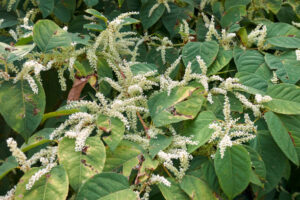
2. Alluring but Toxic: Beware of Poisonous Plants
While some plants may catch your eye with their striking appearance, it’s essential to consider their toxicity, especially if you have children or pets. Common garden plants like Oleander, Foxglove, and Castor Bean plant contain toxins that can pose a serious threat if ingested. Prioritize safety by choosing non-toxic alternatives to enjoy a beautiful landscape without compromising on well-being.
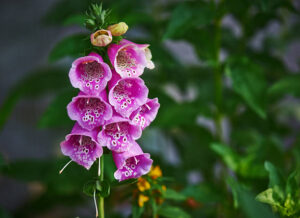
3. Spreading Roots: The Menace of Bamboo
Bamboo, known for its rapid growth and dense foliage, may seem like an attractive option for creating natural privacy screens. However, its vigorous spreading roots can become invasive, infiltrating nearby areas and causing structural damage. Containment measures are often necessary, making bamboo a high-maintenance choice that may not be worth the hassle in the long run.
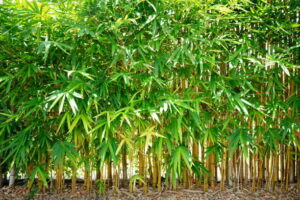
4. Thorny Troubles: Dealing with Injuries
While roses are admired for their exquisite blooms, their thorns can turn your garden into a painful experience. Consider the placement of thorny plants like bougainvillea or hawthorn, especially in areas frequented by children or pets. If you desire aesthetic appeal without the prickly problems, explore thornless varieties that offer a safer and equally charming alternative.
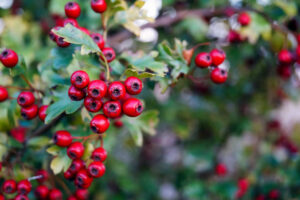
5. Aggressive Spreaders: Creeping Jenny and Beyond
Groundcovers like Creeping Jenny or Vinca Minor are celebrated for their ability to create a carpet of green. However, their enthusiastic spreading nature can quickly turn them into invasive nuisances, taking over neighboring plants and becoming challenging to control. If you crave groundcover without the aggressive tendencies, consider alternative options like sedum or creeping thyme.
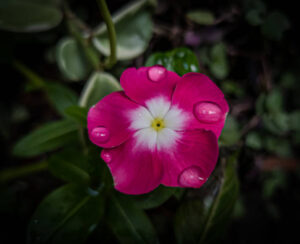
6. Messy Trees: The Burden of Constant Cleanup
Some trees may bring more than shade to your garden—they can bring a constant cleanup challenge. Deciduous trees like sweetgum and ginkgo drop persistent and sometimes spiky seed pods, making regular maintenance a necessity. Before planting a tree, research its characteristics and opt for low-maintenance alternatives that won’t turn your serene garden into a constant cleanup zone.

7. High-Maintenance Beauties: Roses and Their Demands
Roses, with their timeless elegance, are adored by many garden enthusiasts. However, their reputation for being high-maintenance is well-founded. Pruning, pest control, and disease management are integral aspects of rose care. If you’re not prepared for the dedication, explore low-maintenance flowering alternatives that offer beauty without the demanding upkeep.

8. Overpowering Aromas: Consider Your Neighbors
While fragrant flowers can enhance the sensory experience of your garden, overly strong scents may not be universally appreciated. Plants like jasmine, wisteria, or certain varieties of lilies can emit overpowering fragrances, potentially causing discomfort to neighbors or visitors. When choosing aromatic plants, opt for varieties with milder scents or position them strategically to prevent the invasion of personal spaces.
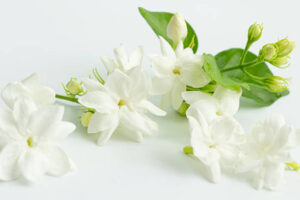
9. Water Guzzlers: The Strain on Resources
Landscaping with water-intensive plants in regions prone to drought can be unsustainable and financially burdensome. Plants like Kentucky Bluegrass, which requires ample watering, may not be the best choice in arid climates. Opt for native or drought-resistant alternatives that thrive with minimal water, reducing your environmental impact and conserving resources.
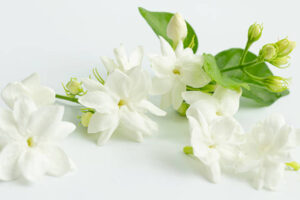
10. Short-Lived Delights: The Challenge of Annuals
Annuals may provide bursts of vibrant color, but their short lifespan can turn your garden into a constant replanting project. Consider the long-term maintenance and costs associated with annuals, and balance them with perennial plants that offer lasting beauty and require less frequent replanting.
Conclusion: Cultivating a Wise and Beautiful Landscape
As you embark on your landscaping journey, choosing the right plants is crucial for creating a garden that brings joy rather than headaches. By avoiding these 10 problematic plants, you can cultivate a landscape that thrives with minimal maintenance, respects the environment, and enhances the overall beauty of your outdoor space. Make informed choices, prioritize sustainability, and let your garden become a harmonious haven for both you and the environment.

